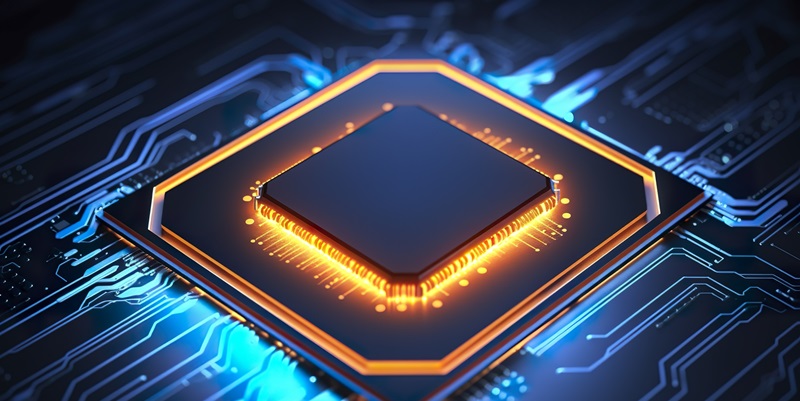AMD’s highly anticipated next-generation Strix Point laptop chips, powered by Zen 5 processors, may face delays, according to recent reports. While the delay is relatively minor, it is still disappointing for enthusiasts eagerly awaiting the release of these new processors.
Delayed Zen 5 Mobile Silicon
The latest news suggests that some Zen 5 mobile silicon has been pushed back, although the delay is only slight. Unfortunately, even the top-end processors have faced further delays, causing concern among tech enthusiasts.
Revised release date for Strix Point
The Strix Point processors, which combine Zen 5 CPU cores with RDNA 3 refresh graphics cores (RDNA 3.5), were initially expected to launch in early summer or around the middle of 2024. However, the revised release date now sets the arrival of Strix Point for late in the summer of 2024. Although this delay is only a slide of a month or two, it does affect the expectations of consumers.
Previous expectations for Strix Point
Earlier expectations had set the debut of Strix Point processors for early summer, raising hopes for an imminent release. However, the new timeline pushes back the launch, leaving enthusiasts eagerly awaiting the arrival of these powerful processors for a little longer.
Delay for Strix Point Halo
The more concerning news is the delay in the release of the top-end Strix Point Halo chips, which is now rumored to be postponed until 2025. The Strix Point Halo chips are expected to offer significant advancements, including 16 cores, surpassing the rumored 12 cores of the regular Strix Point processors. Additionally, Strix Point Halo will boast an impressive 40 graphics cores, promising exceptional integrated graphics performance.
Enhanced performance of APUs
Despite the delays, tech enthusiasts can look forward to enhanced performance in the upcoming Zen 5 mobile APUs. These APUs are expected to push the boundaries of mobile computing with their flagship offering of 16 cores, surpassing Strix Point’s 12 cores. This upgrade will likely result in better multitasking capabilities and improved overall performance.
Notable features of Strix Point Halo
When the Strix Point Halo chips eventually make their debut in 2025, consumers can expect a notable improvement in graphics performance. With its hefty 40 graphics cores, Strix Point Halo promises a significant boost in integrated graphics capabilities, taking mobile graphics performance to new heights.
Disappointment in 2025 Release
The news of the beefiest Strix Point processors being delayed until 2025 has brought disappointment to enthusiasts who were anticipating their arrival. This setback in theoretical availability leaves enthusiasts waiting for a longer duration before they can experience the full potential of the top-tier Strix Point processors.
Positive Aspect of Slight Slide
Amidst the disappointment, there is a silver lining. The vanilla Strix Point offerings have only experienced a small delay in terms of release. While it may not completely mitigate the disappointment surrounding the delay, it does offer some consolation for those eagerly anticipating the arrival of the Strix Point processors.
Introduction of Hawk Point Mobile Chips
Additionally, in the more affordable segment, AMD has plans to introduce the Hawk Point mobile chips. These processors will offer up to 8 cores and will be positioned just below the Strix Point range. The Hawk Point chips aim to provide a balance between performance and cost, catering to a wider range of consumers.
Although the delay of AMD’s next-gen Strix Point laptop chips, powered by Zen 5 processors, is disappointing, tech enthusiasts can still look forward to enhanced performance when they eventually arrive. While the top-tier Strix Point Halo chips have faced significant delays, the delayed release of the vanilla Strix Point offerings is somewhat mitigated by their improved performance. In the meantime, consumers can also keep an eye out for the more affordable Hawk Point mobile chips, which offer a balance between performance and cost.

